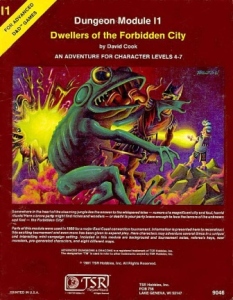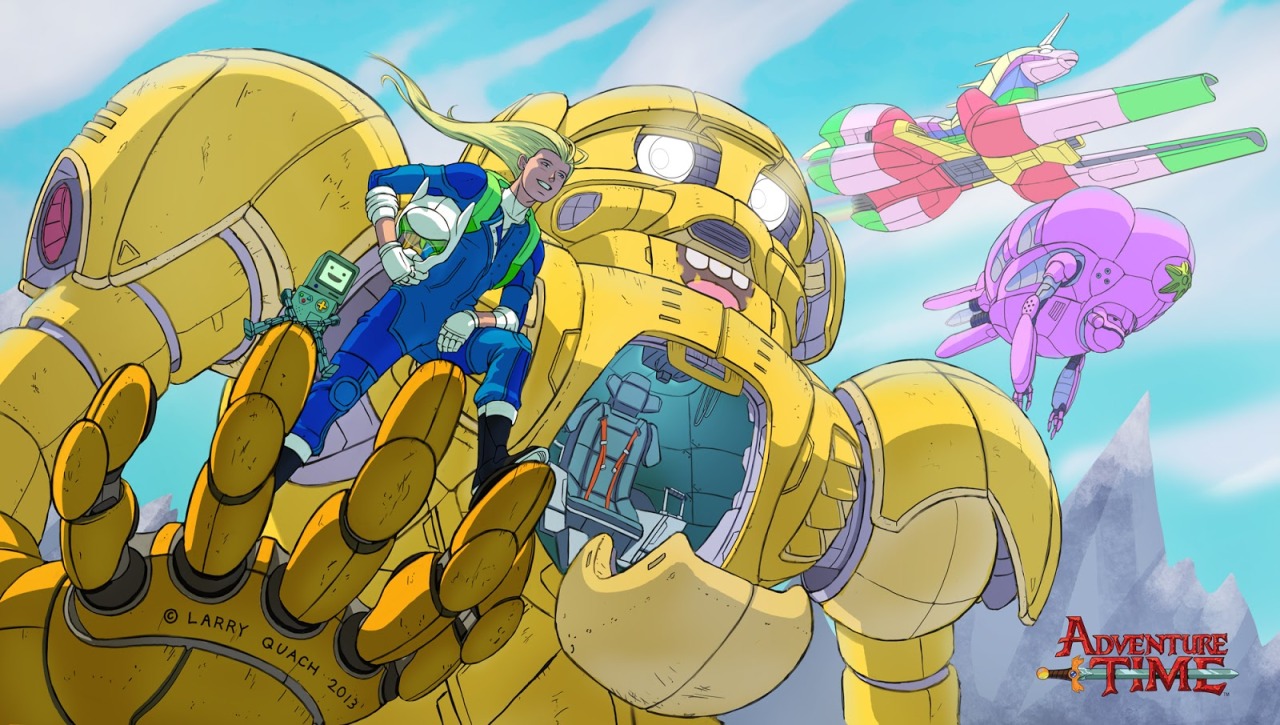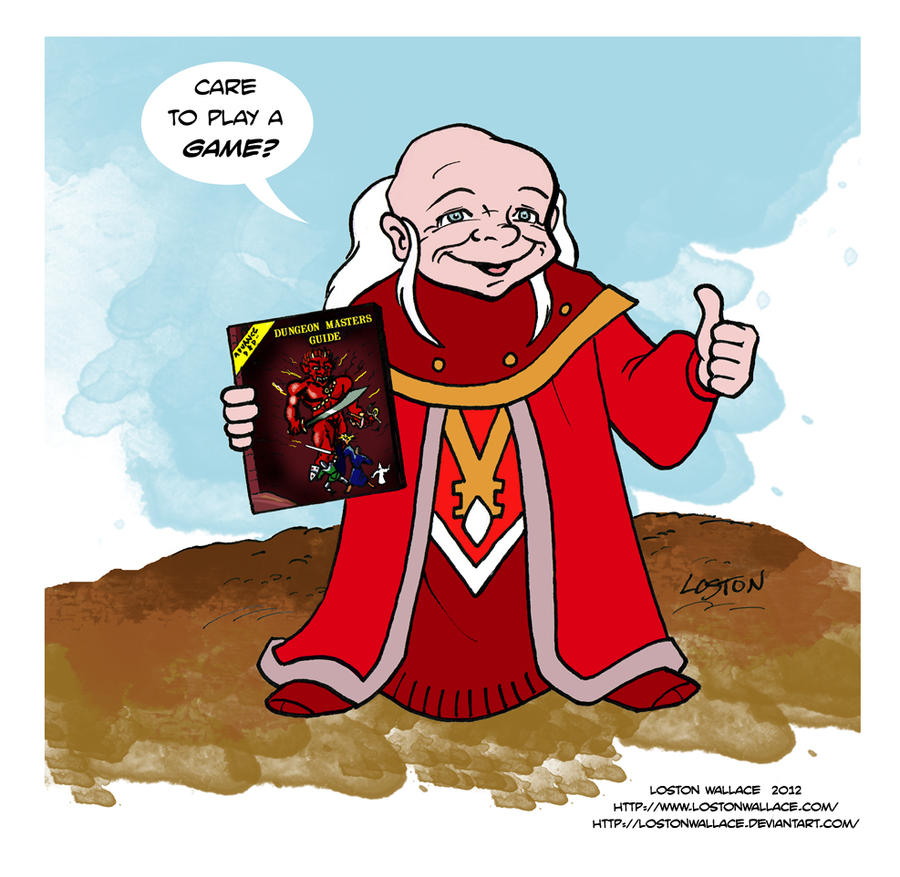

Each underwent significant changes as I rolled them together into "Bawal Bayan" and placed the sunken ziggurat not in a desert, but right in the middle of I1's crater, surrounded by jungle and haunted by bullywugs, mongrelmen and yuan-ti servants of Zargon.
This year, though I'm still a couple weeks away from the role-playing component of my Adventure Games class, I want to built on the Bawal Bayan setting while still adding new content so that I don't begin to get stale.
I realized that the Forbidden City could use a vast subterranean layer that could spark a new season of adventures ... so, after I spent a weekend grinding through a sharpie or two, I present you with "Sheberoth: The Cavern Endless"
Yes, it's another poster sized isometric-view map to share with players.
Features:
- It connects directly with Bawal Bayan via the ruined ziggurat (which extends underground to the upper right of the Sheberoth map)
- It is partially lit by the crevasse that bisects the upper city, and includes a nice waterfall that descends from the bullywug lake above
- The pillars in the lower right corner mark the descent to where I can drop in 3rd edition module The Sunken Citadel
- The sprawling fungal forest in the upper right can nicely contain N2 The Forest Oracle (re-skinned for the down-deep)
- The map is studded with tons of compelling place names like the "Mouth of Cho" (offering descent to greater depths), the "Plain of Knives", "The Great Library" (domed structure center-right), and the "Daughter of Yig" (the massive serpent skeleton seen to the right) that will encourage exploration.
- I can plug The Keep on the Borderlands in with ease, re-skinned with degenerate, albino protagonists who believe the upper world has been destroyed huddled atop the Fane of Zargon, watching warily for movement from the many tunnel mouths of the nearby Canyon of Whispers.
- "The Coffers of Gome" are a vast, disordered heap of huge, stone cubes ... I have no idea what that's about ... but it feels a bit like this ...

- "Sheberoth" is fun to say ... I was thinking about Shelob, Shibboleth (from the Bible story -- Ephraimites can't say it), Xibalba (from Maya mythology), Hoth (coolest name for a planet ever), and a few other things besides.



 The kids have now set aside any notion that the rumored treasure might be an illusion, trapped, or merely a lie and the conversation has turned to how one might set about getting hold of a black arrow.
The kids have now set aside any notion that the rumored treasure might be an illusion, trapped, or merely a lie and the conversation has turned to how one might set about getting hold of a black arrow.











